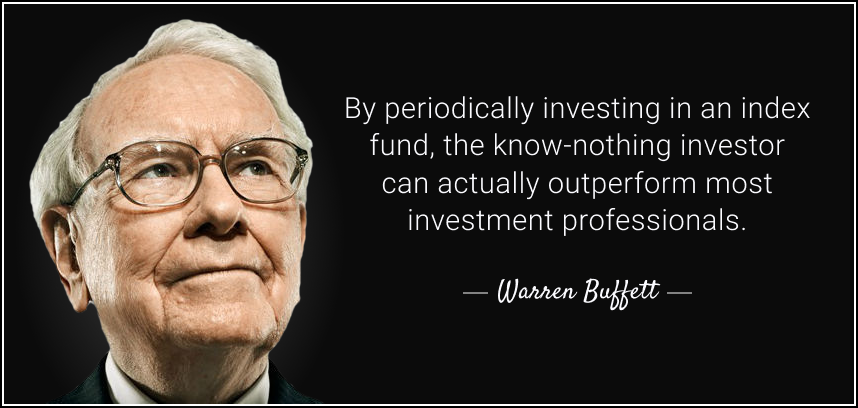- Profitable investing is easy enough a dead person could do it (kinda).
- Beating the market is hard but insiders do it all the time.
- Insider trading data appears to be undervalued.
NOTE: This article is part of Lies & Co, a column from the Scious Blog. Unlike the rest of the blog, this column does it's reporting with a little lying. The article is played like a game where you try to spot the lie which is revealed at the end. Learn more here. Happy truth hunting!
If I had to guess, 2009 isn’t a year that stands out for many. Hiding in the shadow between the Great Recession and the European debt crisis, ’09 was pretty forgettable. Except for me. That was the year my grandma passed.
When she died we did what many families do — we grieved, celebrated her life and appreciated simple yet profound facts like we wouldn’t exist if she hadn’t. In time life went back to business as usual, albeit one down.
Fast forward seven years and I learned my old lady was quite the investor. In ’05 she bought into the S&P 500 (NYSEARCA:SPY) and held to the grave. As of May 2017 those shares were worth over 94% more.
Here’s how she did by the end of 2015:
Considering Dalbar’s Investor Behavior study (source of the orange and green lines above) my granny outperformed the average equity and fixed income mutual fund investor in all 10 years ending Dec 31, 2015. What’s more, according to the SPIVA® U.S. Scorecard, my deceased grandma outperformed “82% of large-cap managers” in the same period.
By not touching her money she not only profited more than most but did so despite the following developments:
- 2006 — present: US debt grew 142%.
- 2007–2009: Value of US households and nonprofits fell 20%.
- 2009 — 2017: European debt crisis (Greece, etc…)
- 2010: A trillion dollars briefly disappeared from the market because of hedge fund shenanigans.
- 2011: Stocks fell globally after a U.S. debt downgrade.
- 2015: Stocks worldwide fell again when the Shanghai composite index dropped 38%.
It would seem my grandma was a Buffet disciple:

But there was one group of investors my grandma couldn’t beat; the average large-cap inside trader (blue line in the chart above). On average business titans of the SP500 almost double the market’s annualized performance on a 10-year investment horizon.
An insider is defined as an officer or director of a public company, or an individual or entity owning 10% or more of any class of a company’s shares … Section 16(a), Securities Exchange Act of 1934
Averages, however, can be deceptive. It’s more useful to see a distribution of those insiders’ returns. Doing that requires collecting millions of public records on legal insider trading, correlating purchase histories to stock prices, and then projecting what an insider would have made had they sold their purchases years later. Scious has done exactly that and what follow are the results. To read this next chart, not that insider ROI is compared to what anyone would have made had they invested in SPY every time some insider purchased a stock in their own company).
The plot says the following:
- Although investing in SPY is safer than investing like an insider, it could have lost an investor almost half their money had they not held longer than five years.
- Nearly half of insider purchases beat SPY over ten years.
- Given the unit return per time-risk involved, investing like an insider may be more practical for hold periods of about three years.
These phenomena are explainable by three observations:
- As "captains of their ships" insiders know more about their businesses than anyone else.
- Insiders pay the best financial advisers the best money to tell them when to buy and sell.
- Despite their insight, insiders can make mistakes.
While past performance is no guarantee of future results, insiders know more about when and where to invest than just about everyone else. These people lead companies that make the cars we drive, clothes we wear, medicine we take, food we eat, and laws we’re expected to follow. Following their trading and occasionally investing in their companies when they do can be a viable way to improve overall returns.
And sure, that’s more risky than just investing in ETFs… but maybe that’s how to trade better than a dead lady.

The Lie
My grandma didn’t invest in the stock market before passing away… We grieved, yes. But no exciting savings account was ever found.
I bent my story to tell a larger truth about investing: you’re more likely to get good returns if you buy and hold for years instead of fiddling with your trades. For a lot of people that’s a lot easier said than done. For some, it seems it would almost be easier to get a bigger return if they just buy’d and died 😬.
That said, I empathize with active investors - Long term investing in the SPY, or any ETF, doesn't come with the same rush of excitement of trying (but usually failing) to time the market right. The gambler’s high is a powerful thing.
Finally, all the points about insiders outperforming the market are true. My research into their trades was quite lengthy, involving:
- Collecting over 3 million Form 4 documents from the SEC’s EDGAR database
- Analyzing those documents to determine their data structure (which is woefully undocumented)
- Analyzing the performance of millions of insider trades relative to the SPY market index
- Injecting the data into a graph database to analyze relationships between investors and companies (seen here).
Two potential applications of future study are:
- Using insider purchasing data as a purchasing signal for other investors
- Using frenzied insider purchasing behavior (as seen near the market trough of 2009) as an economic indicator of better times to come.
If you liked this article, feel like you need to politely challenge it, or would like me to build a dashboard with similar data, then let me know what you're thinking in the forum below.


